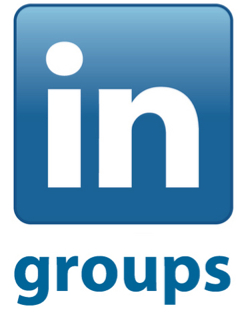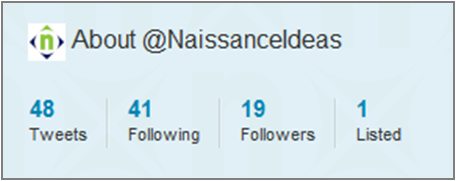LinkedIn Groups Stink
I don’t suppose this post really needs any further words. The headline says it all. But since I don’t like to be purely black-and-white, let’s go deeper.
Did you know that a Google search for the phrase “LinkedIn groups stink” yields ZERO results? I was shocked. It’s the only time in memory that a reasonable (to me) exact-phrase search gave me nothing.
My interactions with LinkedIn Groups at this point typically involve:
- Checking out a group a friend or client is part of that seems relevant
- Signing up, then reading the first e-mail digest I receive from the group
- Reading the second e-mail digest
- Deleting subsequent, unopened e-mail digests from the group until a few weeks pass and I finally drop out
If you’ve ever been part of a group you know that the active ones are dominated by self-promoters, purposeful instigators trying to be provocative, and job postings. The flipside of active groups are those that are de-facto broadcast tools without any real conversation or interactivity. It’s a bit of a lose-lose proposition.
I’m not saying that groups are NEVER helpful or NEVER have useful information, but that the hit rate is so low as to be essentially zero.
I looked for arguments supporting groups to see what I’m missing. One that triggered a positive reaction was this post about using statistics to vet groups before you join them. The premise is that you can’t just “hang out here and there” for groups to work, which is potentially reasonable if not necessarily ideal for most people. I want groups to be useful with as little effort as possible on my part, and I imagine most people feel the same way.
So, for now, I’ll remain a skeptic when it comes to LinkedIn Groups, with the very real possibility of becoming a deserter over the next few months.







